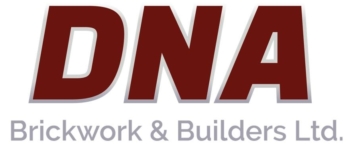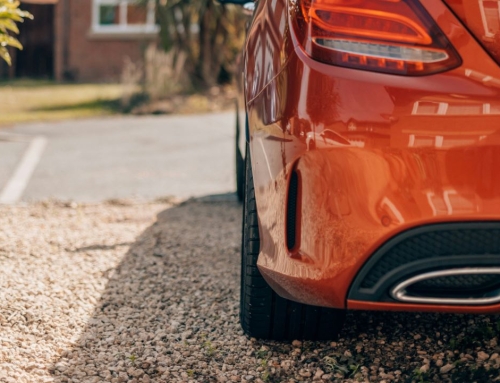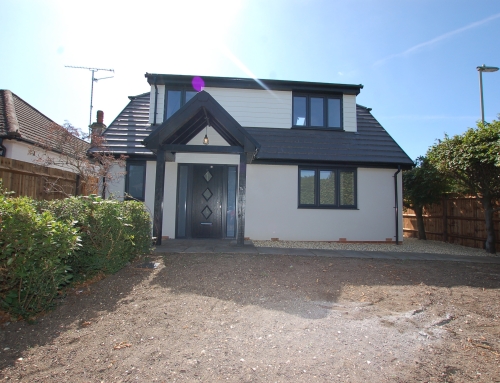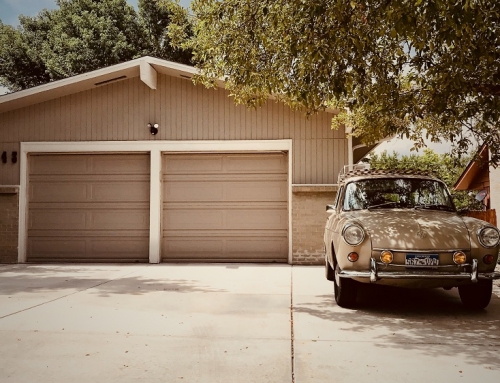How much thought have you given to the way you power your home? Probably not much – and that’s OK! Most people don’t. But did you know that the average home in the UK uses around 3700 kWh of electricity per year, on top of the energy used to power gas and oil systems. All of this creates a carbon footprint of around 17.1 tonnes a year. That’s not great for the environment, or your wallet.
But what if there was a cheaper, greener way to power your home? Would you be interested?
What is Renewable Energy?
Generally, there are 2 types of energy – fossil fuel and renewable.
Fossil fuels are things like coal, oil, petroleum and a lot of natural gasses – they are resources dug up from deep beneath the ground and used for power.
Then there are renewable energy sources, which harness the power that’s already being generated by natural sources – like the sun, wind, biomass and water.
The problem with fossil fuels is that they took millions of years to form, and once they’re gone, they’re gone. So at some point we will run out of fossil fuels to use, and then we’ll be a bit stuck. That time is racing closer for a lot of these resources (it’s estimated that we will run out of oil by 2052), so we need to find new ways to generate power. Step up, renewable energy! Because renewable energy is just using the biproducts of naturally occurring things, like the wind, the sun, or waterfalls, they can carry on providing us with power for as long as we need. This is the main reason that renewable energy has become such a focus in the last few years, particularly in the construction industry.
Why Choose Renewable During Construction?
In the UK, most normal houses and buildings weren’t constructed with renewable energy systems in mind. As we already mentioned, renewable energy wasn’t a real focus until the last few years, which means that 90% of the UK’s houses don’t have the right infrastructure for renewable energy solutions. This isn’t the end of the world, since these systems can be retrofitted into older homes – but it’s usually costly and disruptive to the homeowner.
But if you have renewable energy in mind during construction, you can build a house that has sustainability built-in to the very foundations. You don’t necessarily have to use the systems right away, or at all, but the option for renewable power is there if you should want it. Not only does this mean your home will be better for the environment, but you will ultimately save a lot of money on powering your home. And who doesn’t love lower energy bills?
Your Options
Of course, there’s not just one renewable energy solution. There are a range of ways you can have renewable energy built into your home, so it all depends on what you’re looking for. The main options are:
Solar Panels: One of the most popular choices, solar panels mean you can use the sun to generate electricity for your home. This is done by having photovoltaic panels installed on your roof, which take in the sun’s rays and convert it into electricity, which you then use to power your home. You can also add on battery storage, which essentially gives you a back-up of power should you have a power cut, and if you generate more electricity than you use, you can sell it back to the National Grid!
Solar Thermal Heating: Solar energy can be used to provide hot water and heat to your home, as well as power it. Using a similar process, the power generated by your solar panels can also heat up water that’s stored in a hot water cylinder, ready for use. You’ll need around 5 square metres of space that gets direct sunlight during the day for this system to be really effective though.
Air Source Heat Pumps: An air source heat pump uses the heat from outside air to provide you with heating and hot water. This works in a similar way to your fridge, but in reverse. These are a particularly good choice for people in the UK, as we tend to use our heating a lot during the colder half of the year! On average an air source heat pump can save you around £360 a year on your heating bill, so definitely nothing to sniff at!
Electric Car Charging Points: If you want to go the extra mile, you can also opt to have an electric car charging point installed on the side of your house. This means you will be able to charge an electric vehicle from home, rather than relying on charging stations. Even if you don’t drive an electric car now, that’s the way the market is leaning, so it can be convenient for the future and add value to your home.
At DNA Brickwork & Builders, we are passionate about renewable energy. We believe it’s our job to protect the planet we live on, and by using green building techniques and installing renewable power sources, we can help you reduce your impact on the earth and save money at the same time. If you would like to know more about our renewable energy solutions, please just get in touch.



